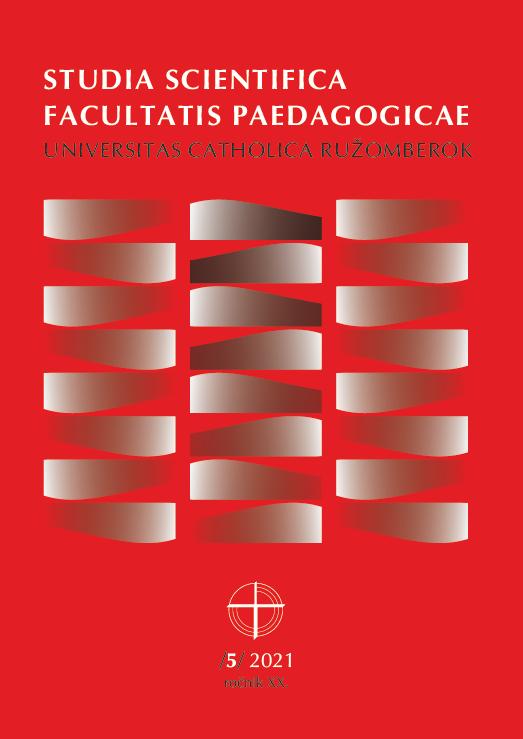Analýza Ruffierovho indexu z hľadiska počiatočnej hodnoty srdcovej frekvencie
Analysis of Ruffier Index in Terms of Initial Value of Heart Rate
Author(s): Ľuboslav Šiška, Peter Krška, Andrej Hubinák, Ľuboš Vojtaško, Michal MarkoSubject(s): Education, Health and medicine and law
Published by: VERBUM - vydavateľstvo Katolíckej univerzity v Ružomberku
Keywords: Analysis; Experimental calculation; Heart rate; Ruffier index;
Summary/Abstract: The Ruffier test is often used as the basic indicator of cardiorespiratory fitness. The aim of the study was to analyze the result of test (Ruffier index), in terms of initial value of heart rate and its comparison with the designed experimental calculation. 226 men (age - 14.6 years old, body height - 168 cm, body weight - 58.9 kg) realized the Ruffier test. According to the initial value of heart rate, the probands were divided into groups of 79, 89, 99 and 100 or more beats per minute (pulse). The experimental calculation was expressed as the ratio of rise and fall of heart rate during the test (P2 - P1) / (P2 - P3). We determined the heart rate during the test, by using the specialized device of Suunto Team Pod. Within the statistical processing of values, we used one-factor analysis of variance, correlation and regression analysis. The initial value of heart rate statistically significantly affected the Ruffier index and there was statistically significant correlation dependence (p < 0.01) between these parameters. In the experimental calculation, the effect of initial heart rate and correlation dependence was not recorded (p > 0.05). The Ruffier index ranged from 3 to 24.5 points. In the experimental calculation, if the result was greater than 1, it indicated the normal test run, while the value from 0 to 1 indicated greater decrease in heart rate after one minute recovery than increase over 30 squats. The value less than 0 indicated that the heart rate decreased after 30 squats or increased after one minute recovery. The Ruffier index was through the individual heart rate values obtained during the test and explained at 100% R2 = 1, where the partial ratios were P1 - 24%, P2 - 39% and P3 - 37%. The value of experimental calculation was explained at 42% R2 = 0.42, where the partial ratios were P1 - 1%, P2 - 4%, P3 - 37% and 58% (unidentified factors). The results of study pointed to possible imperfections in determining the physical fitness of organism by using the Ruffier index. The designed experimental calculation can detect anomalies during the test which the Ruffier index cannot reflect, however its validity and reliability need to be addressed. For that reason, deeper analysis of listed problem is needed.
Journal: Studia Scientifica Facultatis Paedagogicae Universitas Catholica Ružomberok
- Issue Year: XX/2021
- Issue No: 5
- Page Range: 28-40
- Page Count: 13
- Language: English

